Hi everyone,
I know I haven’t written a blog in a while so there will be a bunch of stuff to catch you up on! For starters, let’s go back to July for the American Elasmobranch Society (AES) conference in New Orleans. Going to the conference I was a bit nervous but mostly excited as I knew there would be a lot of really big names from the shark world there. I had a few friends also going that I had met in New Zealand at a previous conference (Brit Finucci, who studies deep-sea sharks and Elitza Germanov, who studies mantas in Indonesia).
Before the conference started, a few of us had organized to do an airboat tour of the swamp. We were hoping to be lucky enough to see an alligator in the wild. Little did we realize, luck would have no part of it! The gators love the airboats and we saw them coming towards us from dozens of meters away for the marshmallows that the driver threw to them. Who knew alligators loved marshmallows? We also had one lovely gator that was a friend of our guide climb on board to say hi. The bayou was gorgeous and so green and the airboat felt like a rollercoaster, we had a great time!
The evening before the conference began, we were in the hotel lobby playing one of my new favourite games, herpetologist or ichthyologist. As this was a joint conference, it was fairly amusing and surprisingly easy to tell the difference. Between Brit and I, we knew quite a few of the shark scientists so we introduced each other and started checking names off of our lists of people we wanted to meet.
The conference started and there were many talks in different field from physiology, biology, ecology, etc. In addition to the fascinating talks, the conference was great as I got to meet all the people involved in Global FinPrint from the states and other parts of Australia. The nights during the conference were by far the most fun parts. Mardi Gras World, eating southern food on Bourbon Street, listening to jazz and eating at famous restaurants. This was also when we got to socialise with all of the well established academics in fun atmospheres. Overall, AES was the best conference I have been to yet, I even won a prize for best 5-minute talk in my session!
After AES, I spent some time in Toronto and at my cottage. I haven’t been to Canada in the summer in years so it was really nice to be up there. While home, I spent a lot of time relaxing with my dogs, boating, jet skiing, and of course, seeing family. Then it was back to Australia where I was no longer just a PhD student but also a new employee of the Global FinPrint project!!!
That’s all for now, I have recently returned from a BRUVS trip in Vanuatu so I will be posting a blog about that shortly. Until next time, feel free to ask any questions and share this blog!
Thanks,
Samm
I know I haven’t written a blog in a while so there will be a bunch of stuff to catch you up on! For starters, let’s go back to July for the American Elasmobranch Society (AES) conference in New Orleans. Going to the conference I was a bit nervous but mostly excited as I knew there would be a lot of really big names from the shark world there. I had a few friends also going that I had met in New Zealand at a previous conference (Brit Finucci, who studies deep-sea sharks and Elitza Germanov, who studies mantas in Indonesia).
Before the conference started, a few of us had organized to do an airboat tour of the swamp. We were hoping to be lucky enough to see an alligator in the wild. Little did we realize, luck would have no part of it! The gators love the airboats and we saw them coming towards us from dozens of meters away for the marshmallows that the driver threw to them. Who knew alligators loved marshmallows? We also had one lovely gator that was a friend of our guide climb on board to say hi. The bayou was gorgeous and so green and the airboat felt like a rollercoaster, we had a great time!
The evening before the conference began, we were in the hotel lobby playing one of my new favourite games, herpetologist or ichthyologist. As this was a joint conference, it was fairly amusing and surprisingly easy to tell the difference. Between Brit and I, we knew quite a few of the shark scientists so we introduced each other and started checking names off of our lists of people we wanted to meet.
The conference started and there were many talks in different field from physiology, biology, ecology, etc. In addition to the fascinating talks, the conference was great as I got to meet all the people involved in Global FinPrint from the states and other parts of Australia. The nights during the conference were by far the most fun parts. Mardi Gras World, eating southern food on Bourbon Street, listening to jazz and eating at famous restaurants. This was also when we got to socialise with all of the well established academics in fun atmospheres. Overall, AES was the best conference I have been to yet, I even won a prize for best 5-minute talk in my session!
After AES, I spent some time in Toronto and at my cottage. I haven’t been to Canada in the summer in years so it was really nice to be up there. While home, I spent a lot of time relaxing with my dogs, boating, jet skiing, and of course, seeing family. Then it was back to Australia where I was no longer just a PhD student but also a new employee of the Global FinPrint project!!!
That’s all for now, I have recently returned from a BRUVS trip in Vanuatu so I will be posting a blog about that shortly. Until next time, feel free to ask any questions and share this blog!
Thanks,
Samm
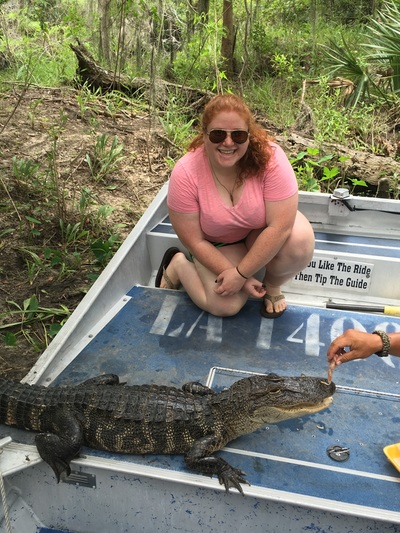
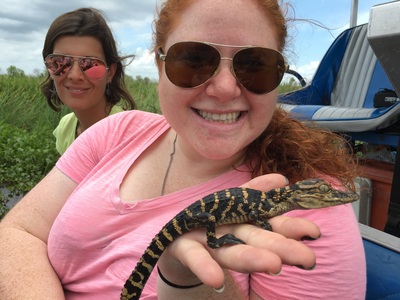
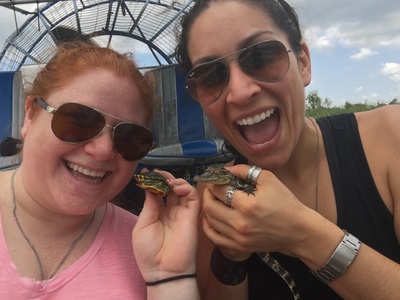
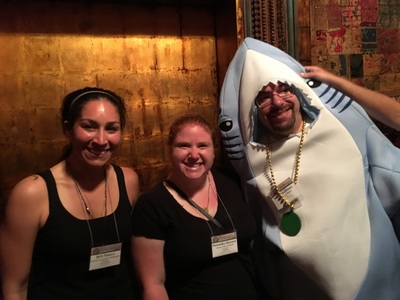
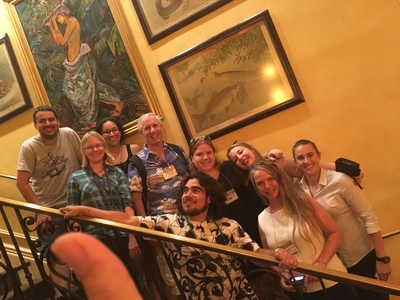
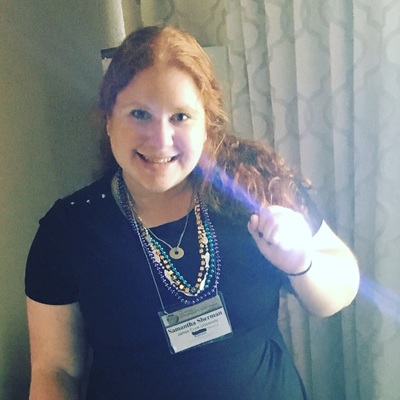
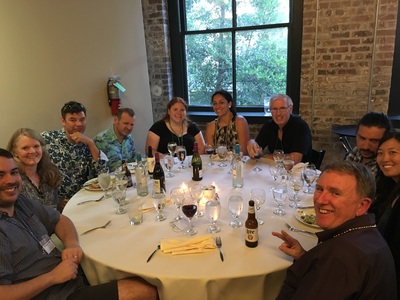
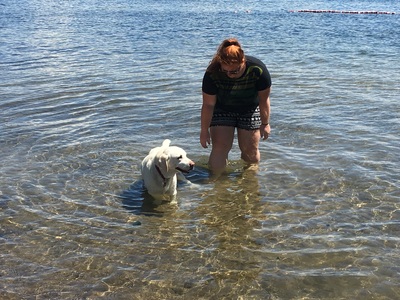

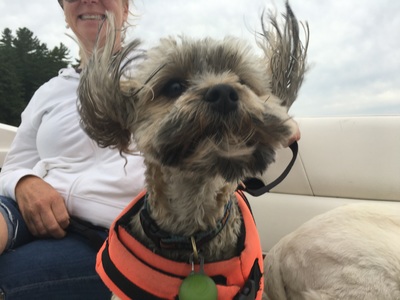


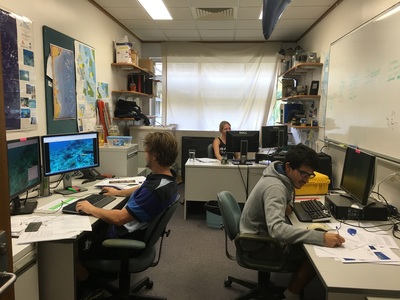
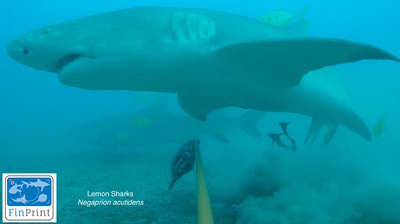
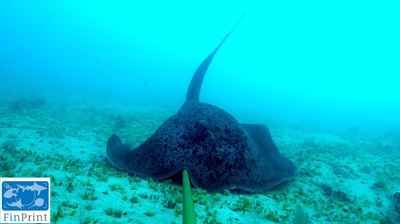
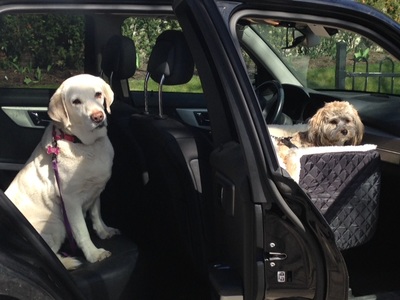
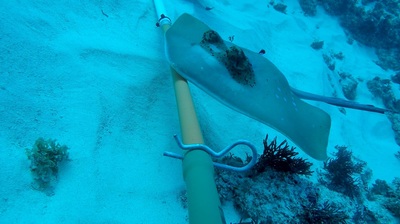
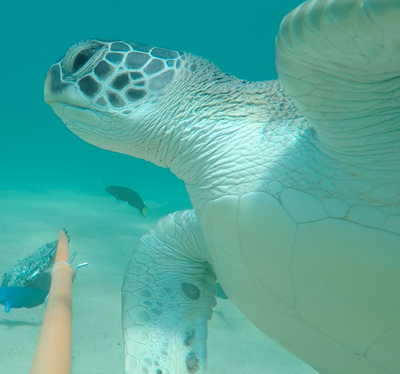
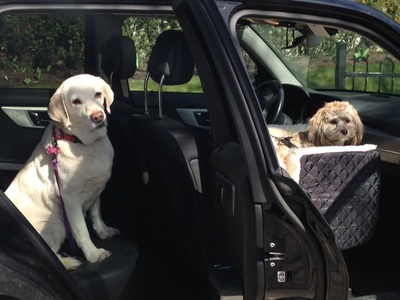
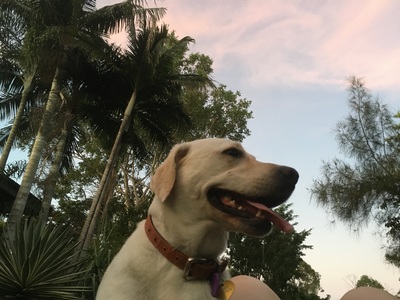
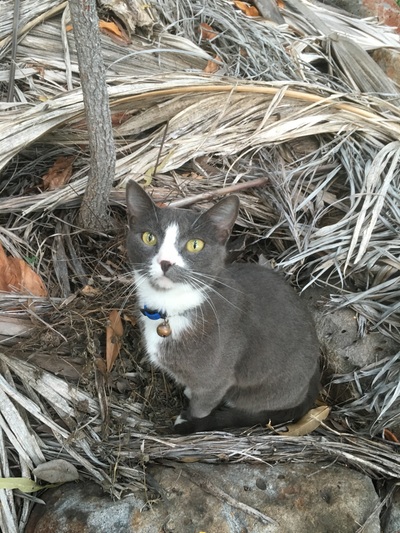

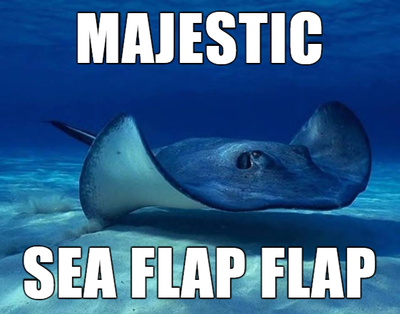
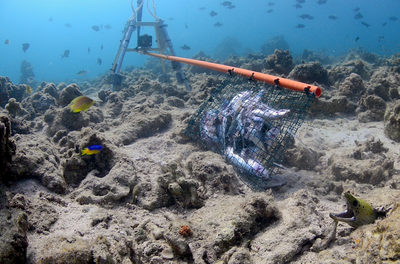
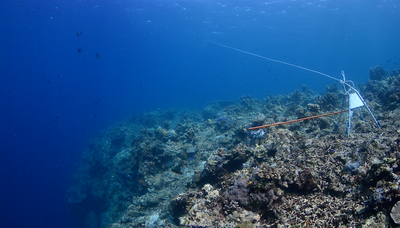
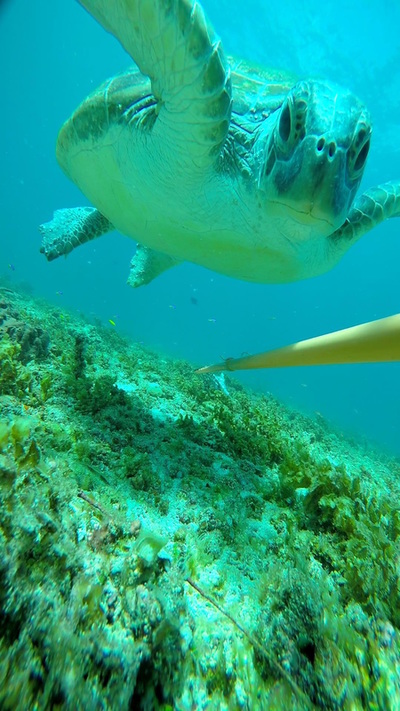
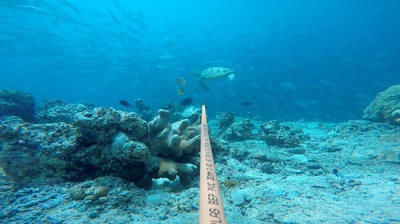
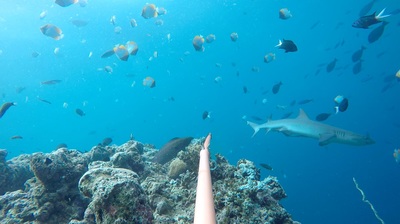
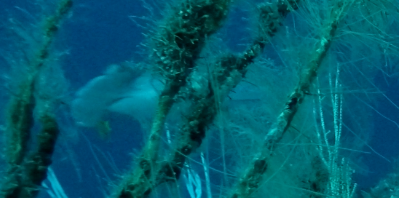
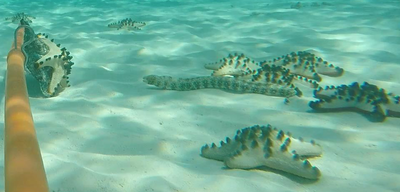
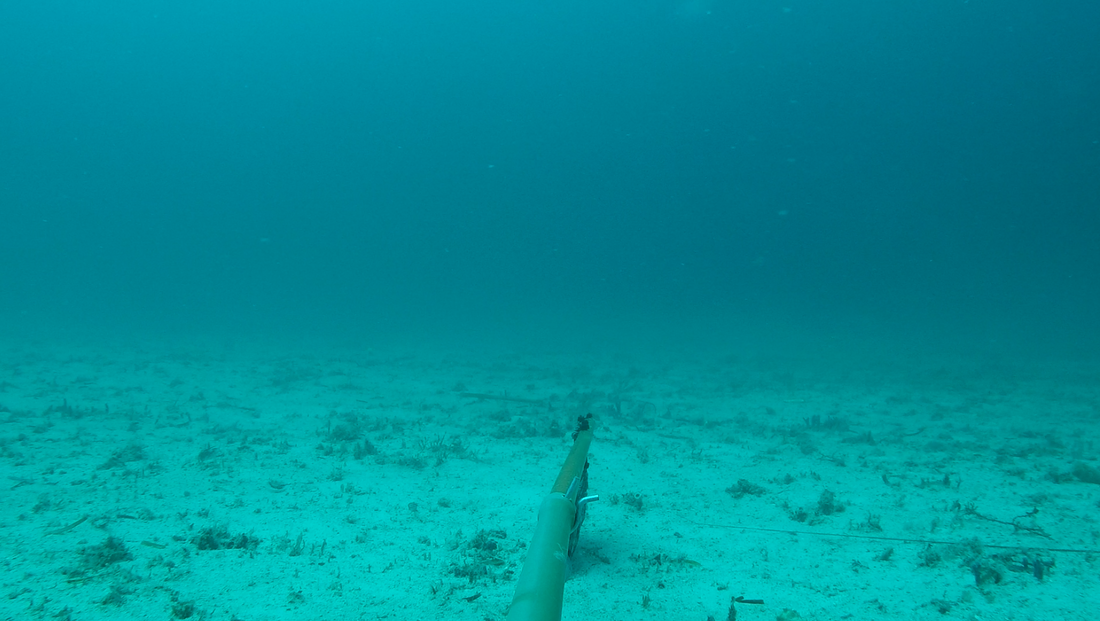
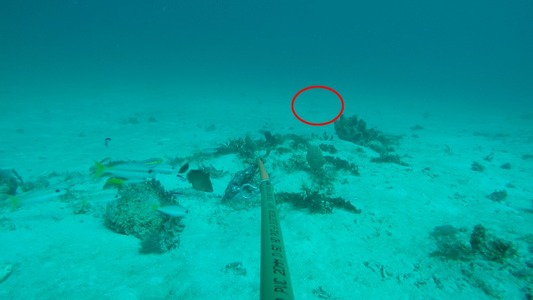
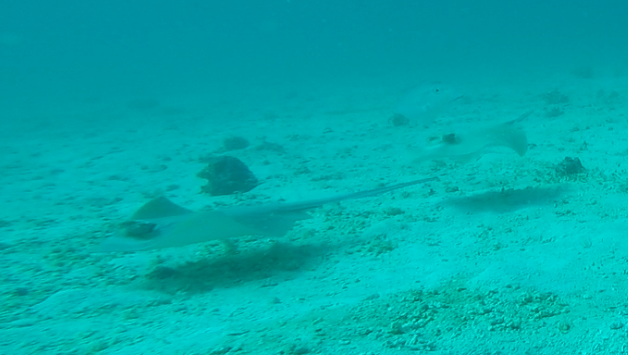
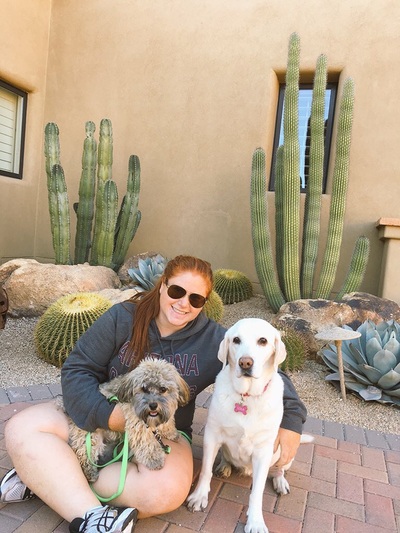
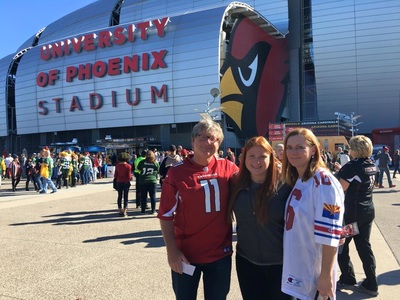
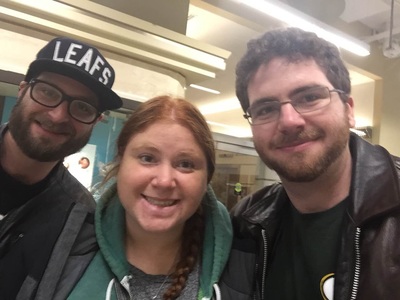
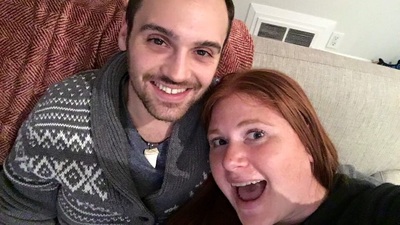
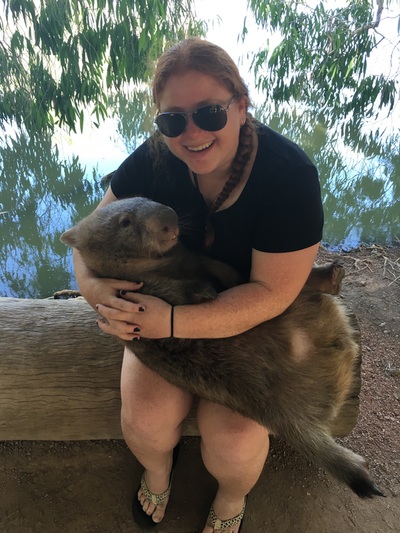
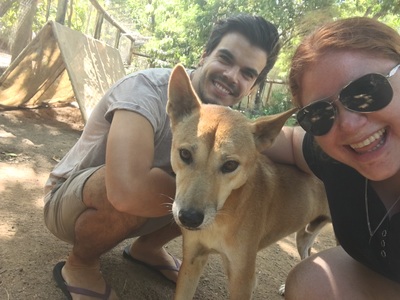
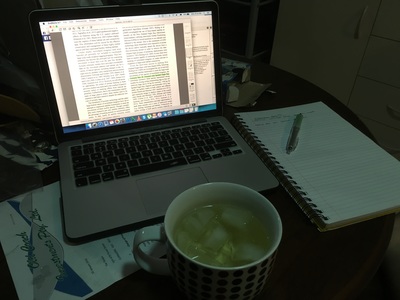
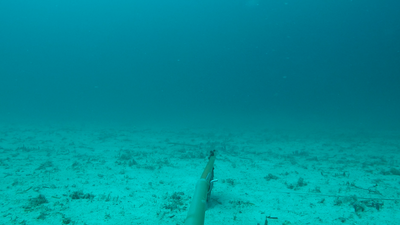
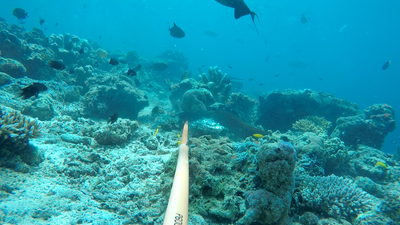
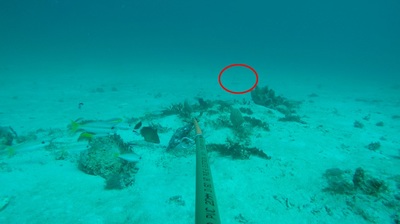
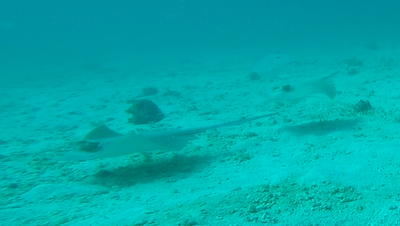
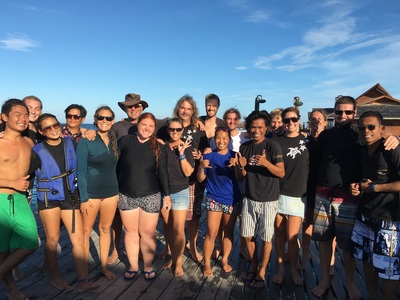
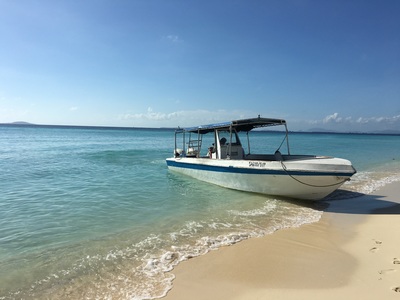
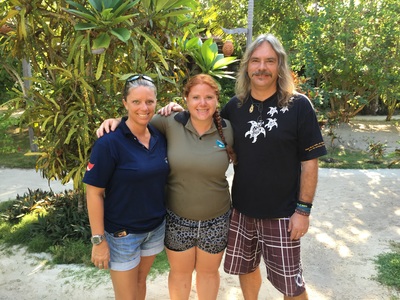
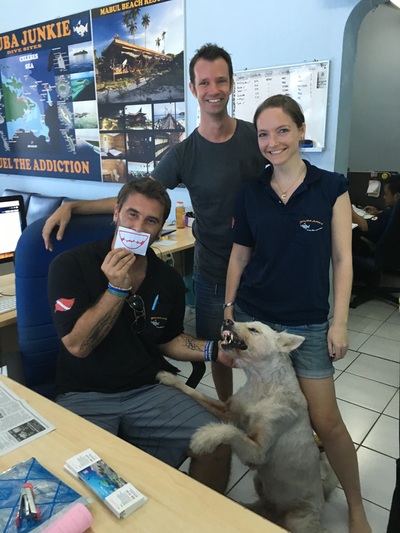
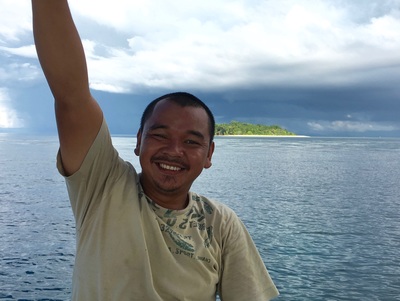
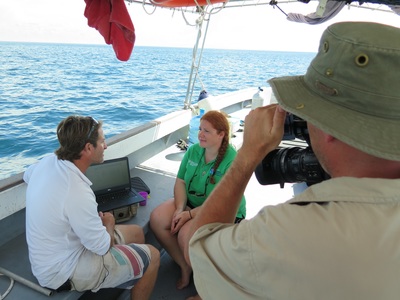
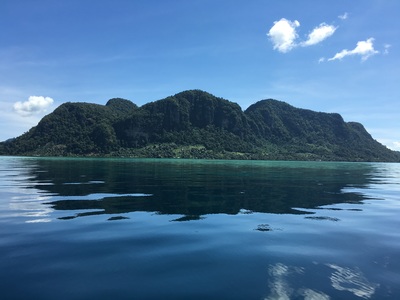
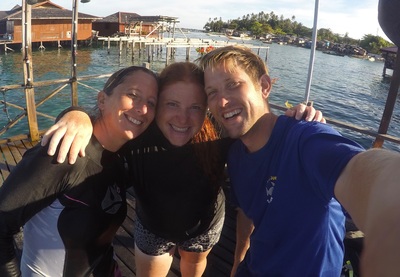
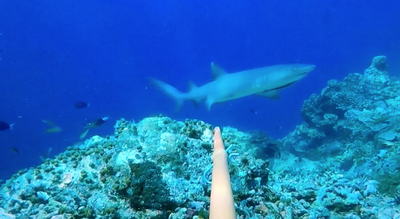
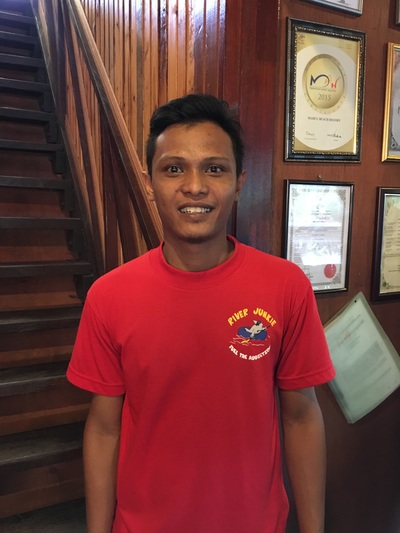
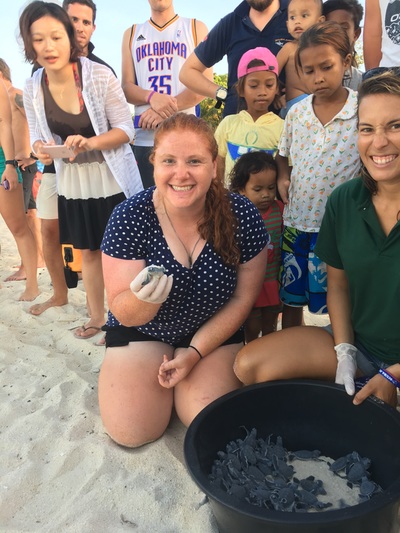
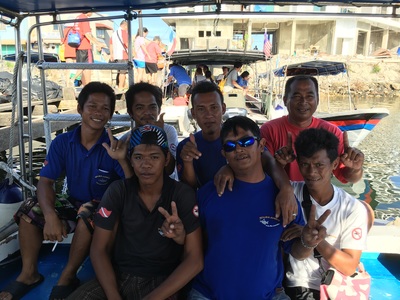
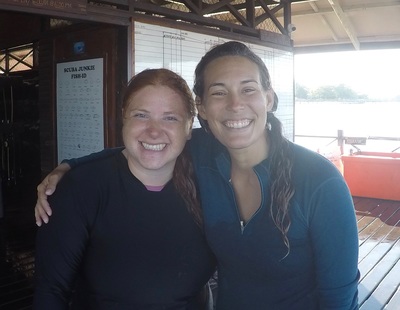
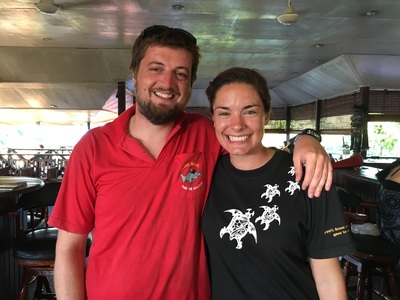
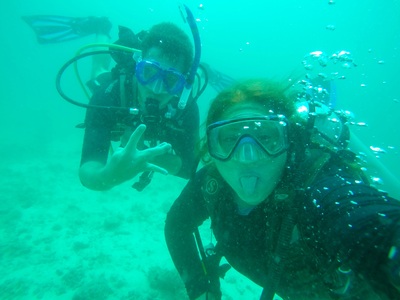
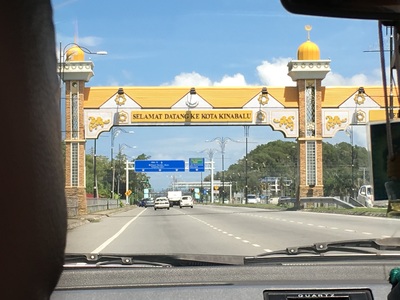
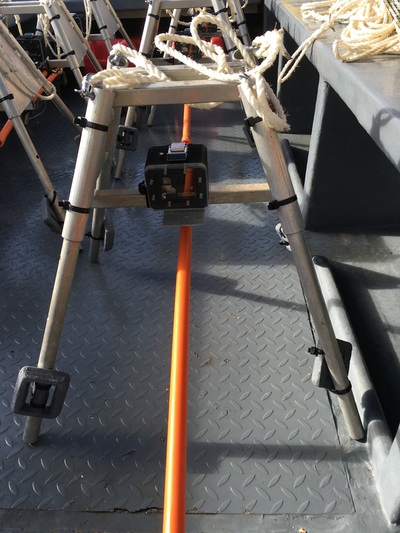
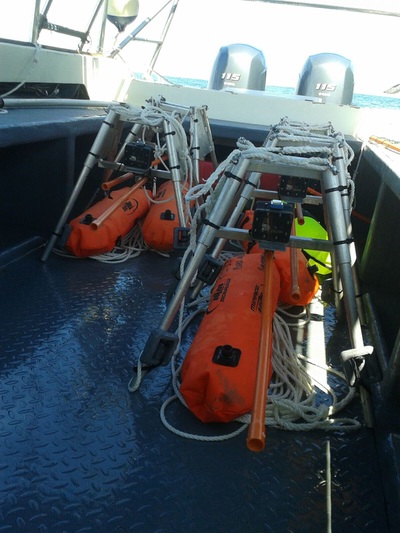
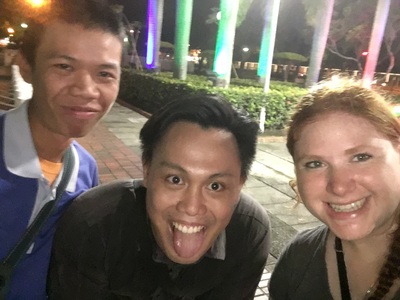
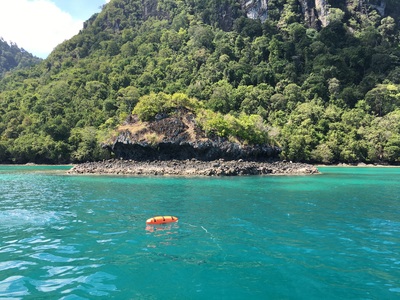
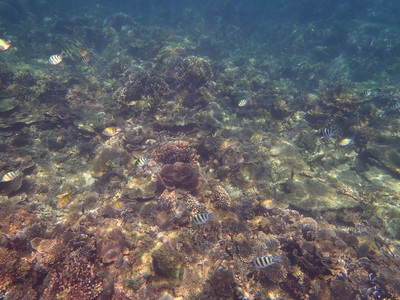

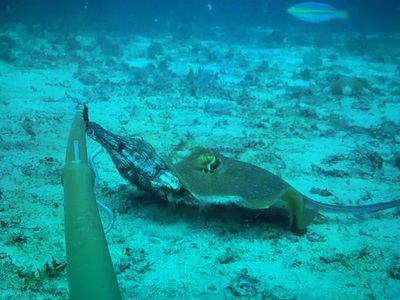
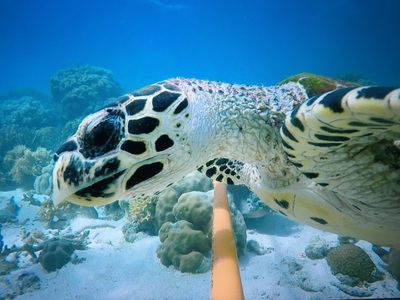
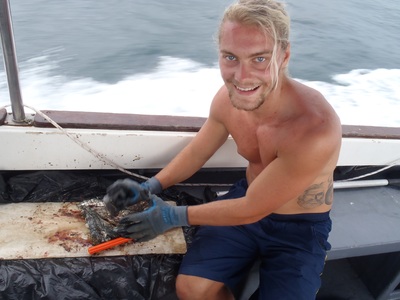
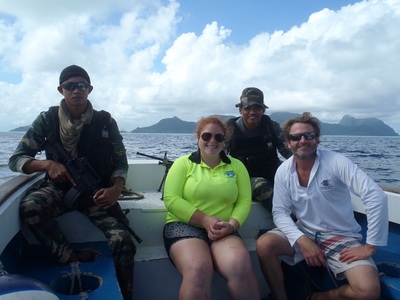
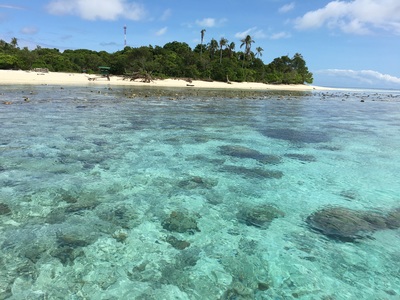
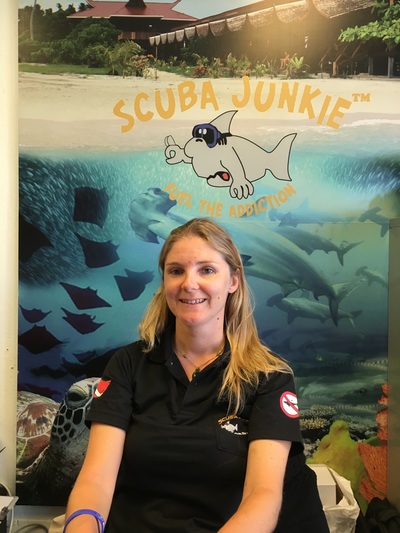
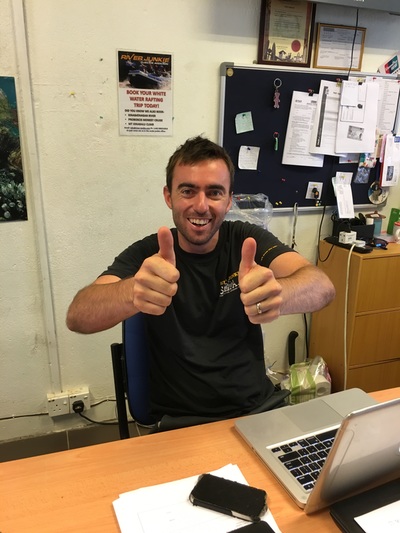
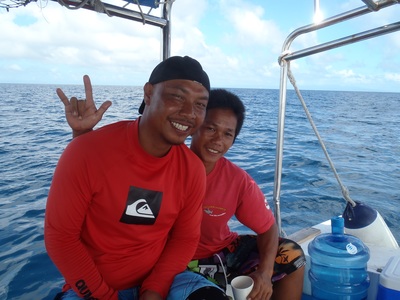
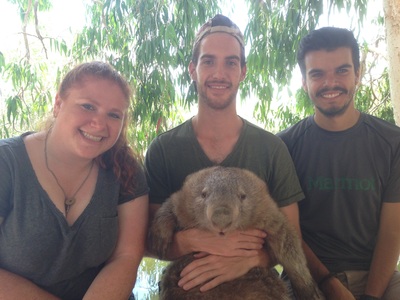
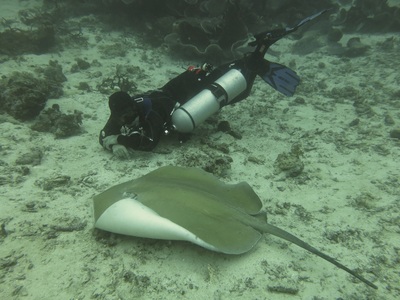
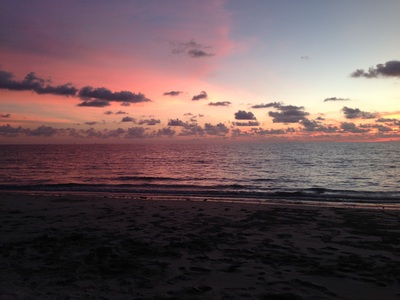
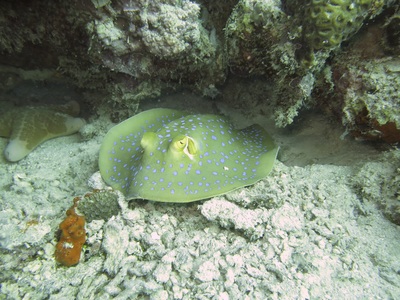
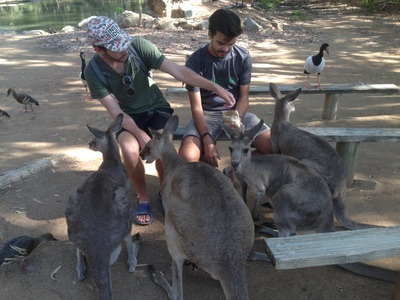
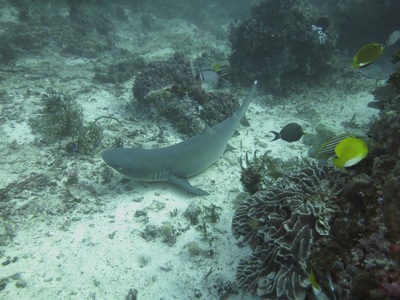
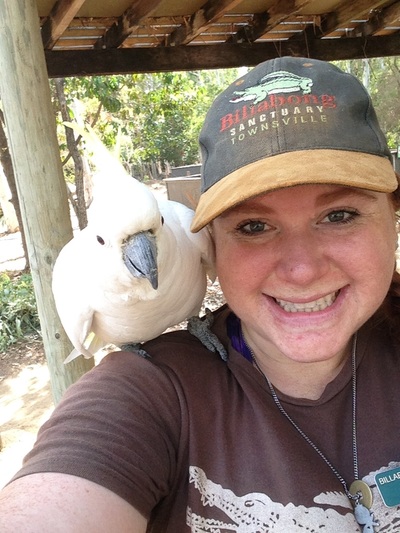
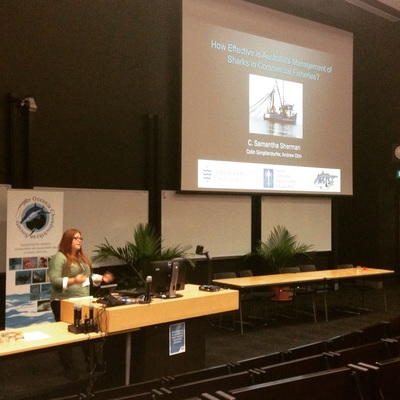
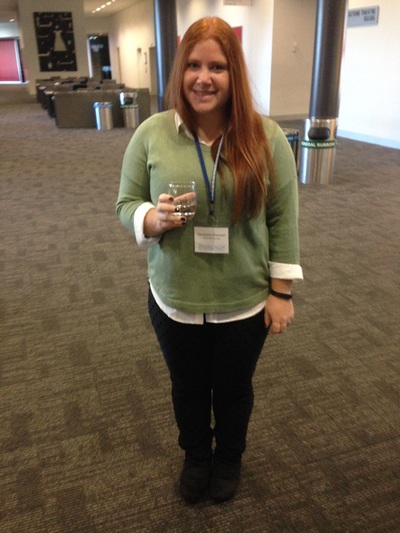
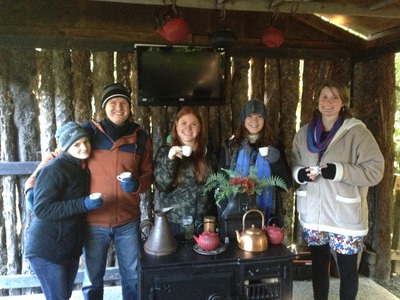
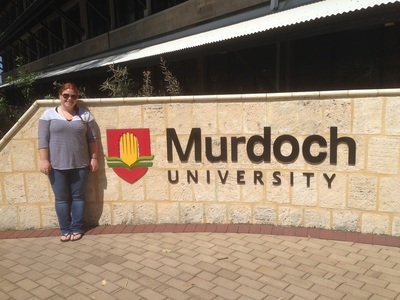
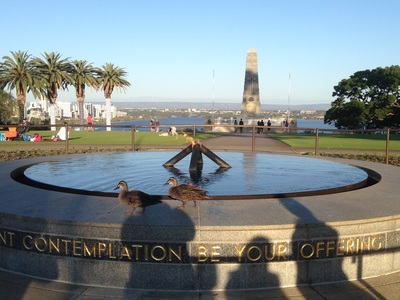
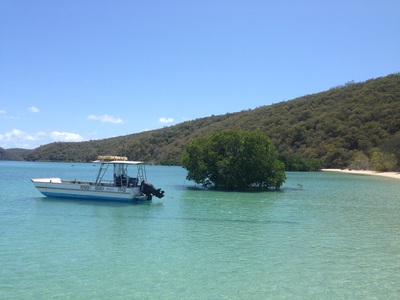
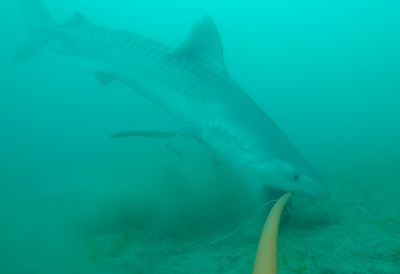
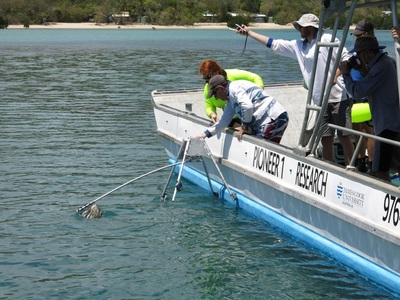
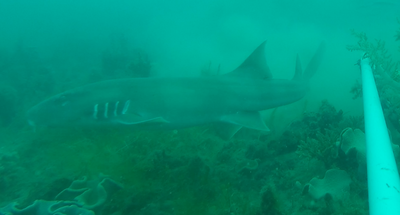
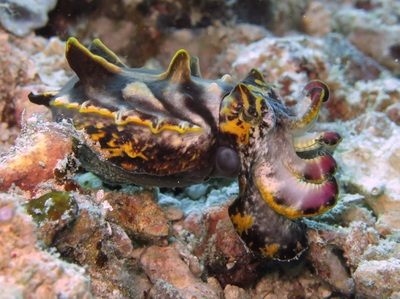
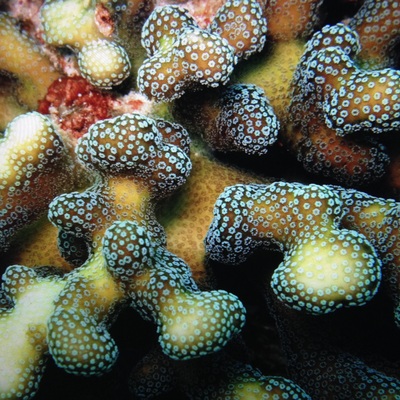
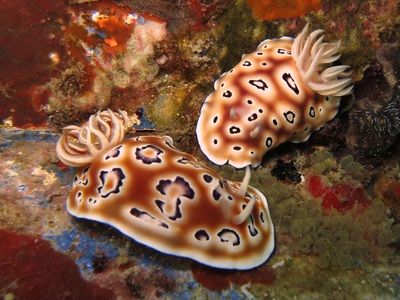
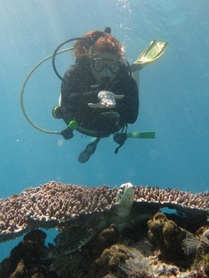
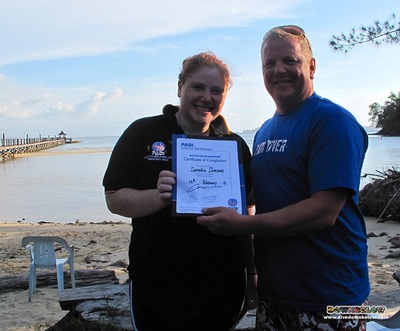
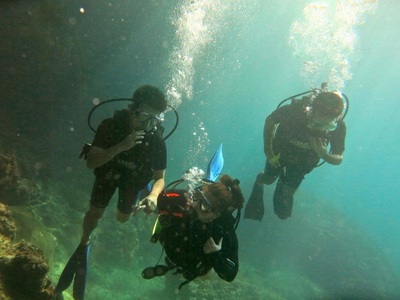
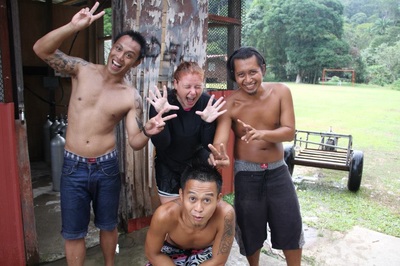
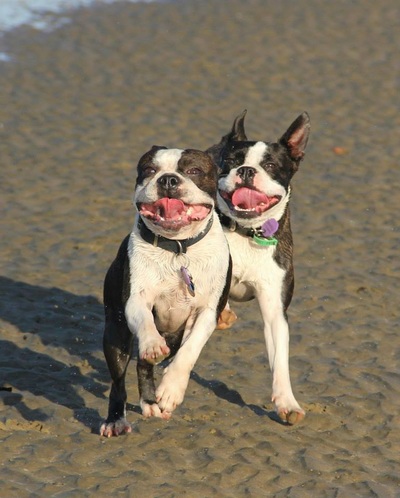
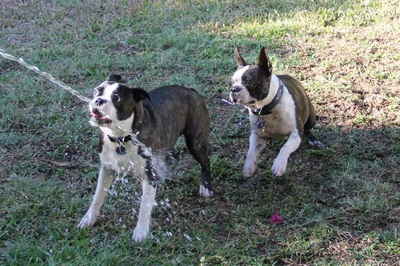
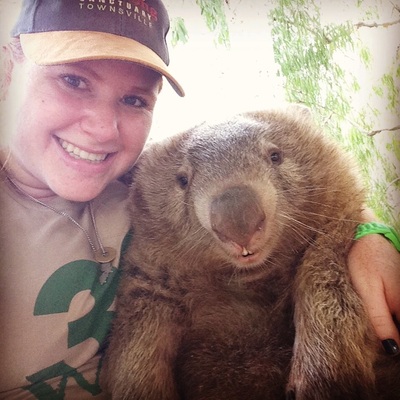

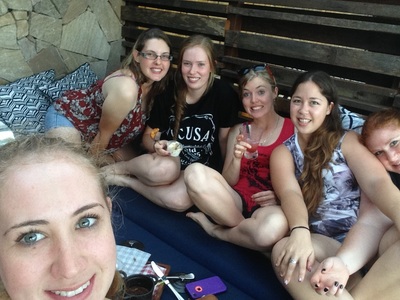
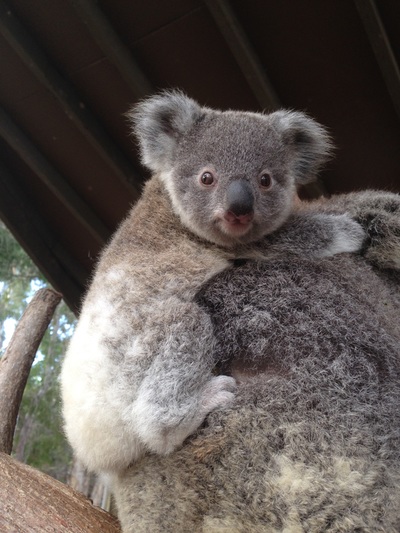
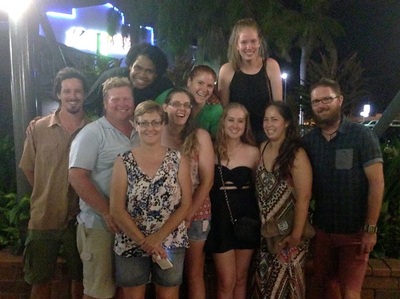
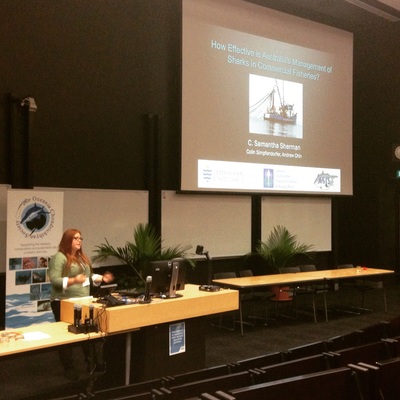
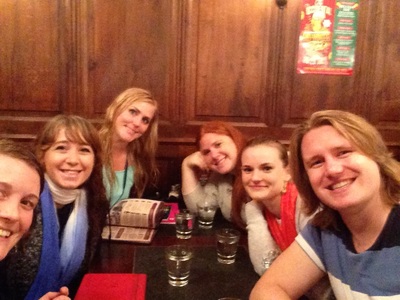
 RSS Feed
RSS Feed